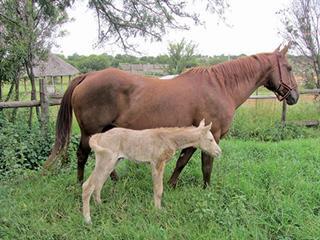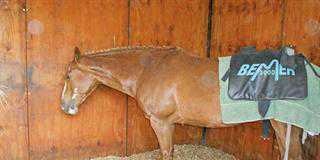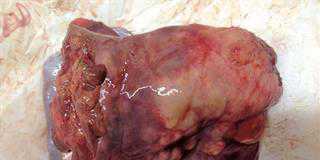
The breeding season might have started in September, but many breeders still have not had their stallions retested for contagious equine metritis (CEM). In 2011, the Director of Animal Health issued an instruction in terms of Section 11 of the Animal Diseases Act that no stallion, irrespective of breed, may be used or allowed to be used to breed (natural mating or AI), unless an official CEM clearance certificate has been issued.
Although the disease appears to be once again under control in South Africa, the instruction is still in force. Every stallion should be retested every year from 1 July, before the breeding season starts. The progeny of stallions that have not been declared free of CEM will not be registered by any breed society.
Infectious
CEM is an acute, sexually transmitted infectious disease of horses, donkeys and zebras caused by the bacteria Taylorella equigenitalis. Infected mares show a vaginal discharge and come back into season due to early death of the foetus. Infected stallions and chronically infected mares might not show any signs of the disease, but are still able to transmit it.
The disease can also be transmitted indirectly, without mating, by infected instruments used by vets. A teaser stallion, sniffing at the genitalia of an infected mare, can carry the disease to the next mare he teases.
The smegma, a dark greasy substance found inside the sheath of stallions, can carry large amounts of the bacteria onto the ‘phantom’ used for collecting semen, infecting the next stallion. Even infected geldings can harbour the disease and transmit it if they attempt to cover mares or get the infected pus on their muzzles. CEM has had a devastating economic effect on Thoroughbred breeding in other countries where it has broken out. This is due not only to loss of foals, but the high cost of treatment.
Testing
If a country is not certified free of CEM, it may not export breeding horses. In South Africa, CEM threatened to become endemic in the zebra population and impossible to eradicate. Fortunately, quick action was taken after the first outbreak and no zebras or donkeys appear to be infected. The test is done by the Faculty of Veterinary Science’s Equine Research Centre at Onderstepoort.
Your vet will obtain special swabs and six will be used for each stallion, three for each test. Samples are collected from the sheath and urethra of stallions and submitted to the laboratory on ice. A second sample is taken seven days later. Samples can also be taken from mares, but this is not necessary unless the mare is infected.
A certificate is issued after two negative tests and the stallion is listed as negative on the CEM website cemsa.co.za. Mare owners are encouraged to check whether stallions have been tested for 2013 before taking their mares for service.













